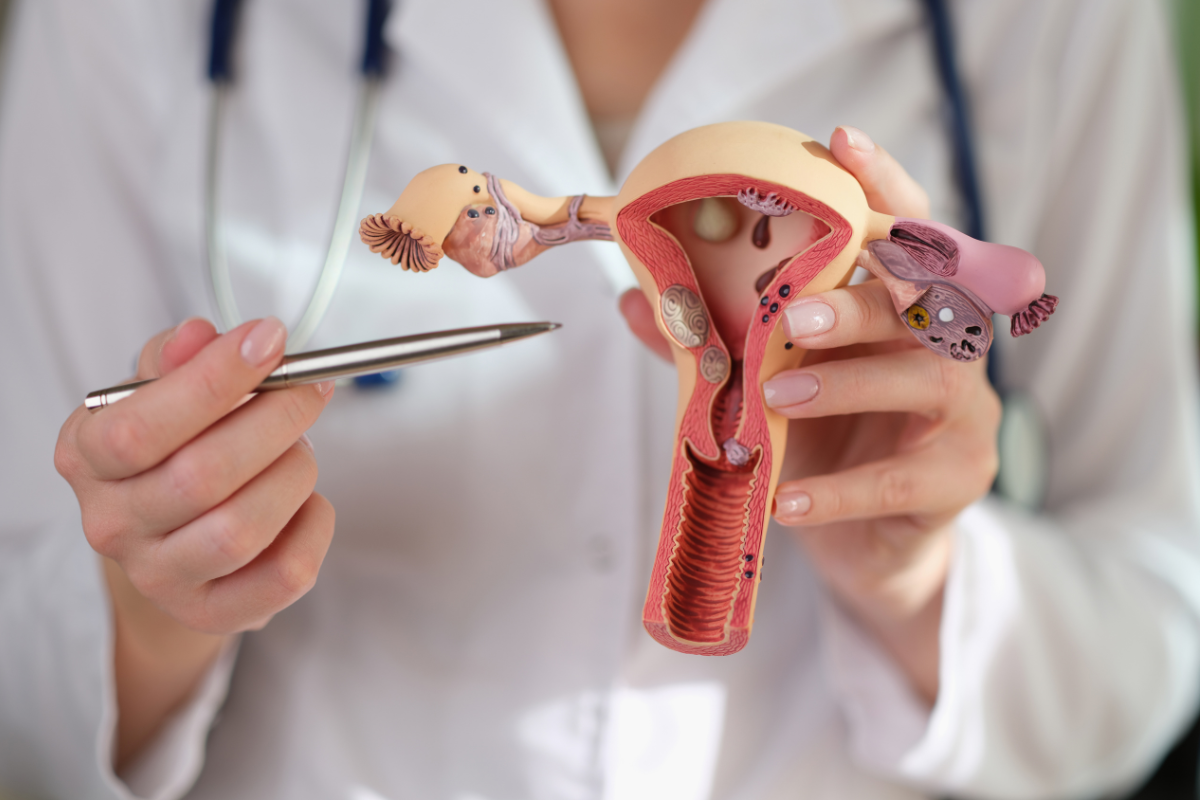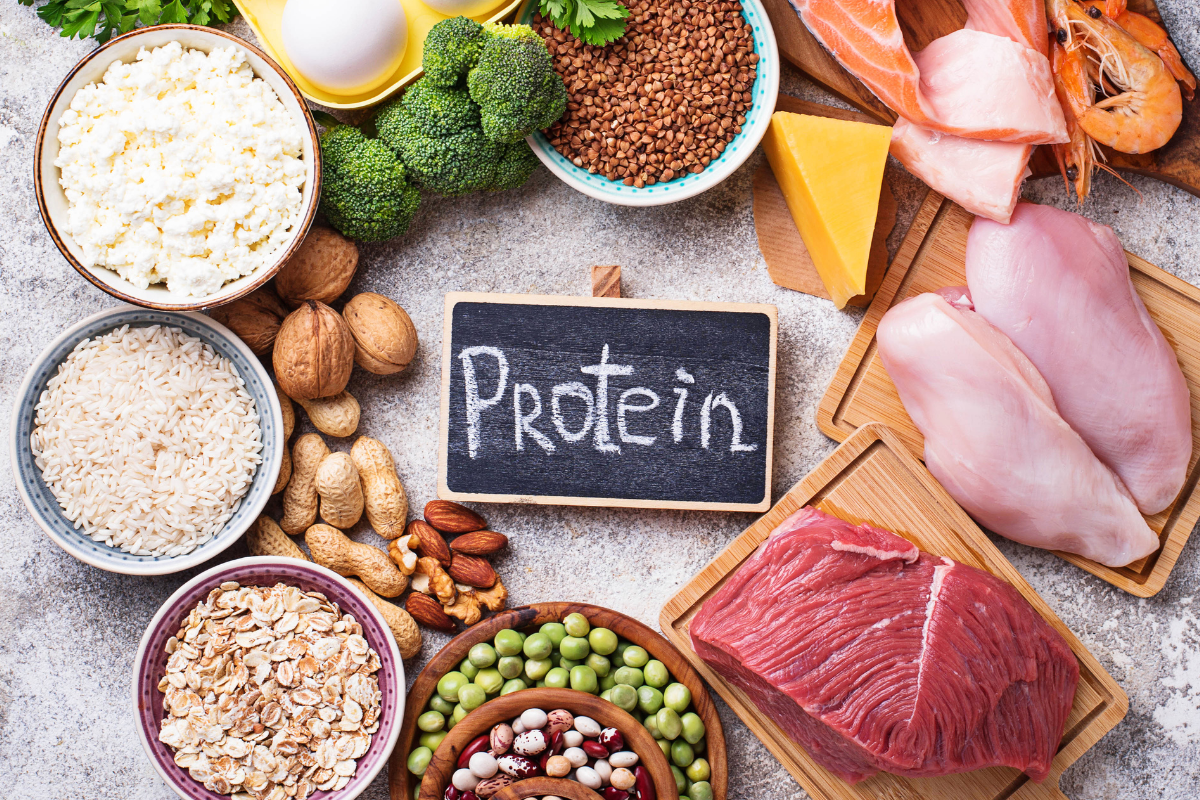Understanding Assisted Reproduction: A Guide to IUI, IVF, and More
If you or a loved one is exploring assisted reproduction, the sheer number of procedures and acronyms—IUI, IVF, ICSI, PGT, and more—can feel overwhelming. Whether you’re just starting your journey or looking to better understand your options, this guide will break down the most common types of assisted reproductive technologies (ART), discuss who might benefit, and share tips on how to navigate the process with empathy, including how OVU bars can support overall nutrition and well-being along the way.
1. Why Assisted Reproduction?
Addressing Various Fertility Challenges
People turn to assisted reproduction for a range of reasons, including:
-
Hormonal Imbalances: Conditions like polycystic ovary syndrome (PCOS) or thyroid disorders.
-
Structural Issues: Blocked fallopian tubes, uterine fibroids, or endometriosis.
-
Male-Factor Infertility: Low sperm count, poor motility, or abnormal morphology.
-
Unexplained Infertility: When tests reveal no clear cause, but conception remains elusive.
Key Insight: According to the American Society for Reproductive Medicine (ASRM), about one in eight couples in the United States face infertility challenges at some point in their reproductive journey.[1]
Emotional and Physical Demands
Assisted reproductive technologies can be emotionally taxing, involving regular doctor’s visits, medication schedules, and sometimes invasive procedures. Maintaining nutritional health and emotional support can be crucial during this process.
2. IUI (Intrauterine Insemination)
What It Is
Intrauterine insemination, often shortened to IUI, involves placing washed sperm directly into the uterus around the time of ovulation. This can be done with or without fertility medications to stimulate egg production.
Who Benefits
-
Mild Male-Factor Infertility: Slightly low sperm count or motility.
-
Cervical Mucus Issues: When mucus in the cervix hinders sperm movement.
-
Unexplained Infertility: Often tried before more advanced procedures like IVF.
Procedure Overview
-
Monitoring: Ovulation is tracked via ultrasound or ovulation predictor kits.
-
Sperm Preparation: A lab “washes” and concentrates sperm to increase their potency.
-
Insemination: A thin catheter places sperm directly into the uterus.
Success Rates: Range from about 8–20% per cycle, depending on age, diagnosis, and whether fertility drugs are used.[2]
How OVU Bars Help
-
Balanced Energy: IUI requires timely clinic appointments, often early in the morning. Keeping OVU bars in your bag can provide quick, nutrient-dense snacks to keep blood sugar stable.
-
Convenient Protein & Folic Acid: Each bar offers egg whites, folic acid, and other key nutrients to support overall fertility health.
3. IVF (In Vitro Fertilization)
What It Is
In Vitro Fertilization (IVF) is one of the most well-known ART procedures, involving fertilizing eggs with sperm outside the body—in a lab dish—and then transferring the resulting embryo(s) back into the uterus.
Who Benefits
-
Blocked or Damaged Fallopian Tubes
-
Severe Male-Factor Infertility (very low sperm count or motility)
-
Endometriosis
-
Advanced Maternal Age
-
Unexplained Infertility after trying less invasive treatments
Procedure Overview
-
Ovarian Stimulation: Medications stimulate the ovaries to produce multiple eggs.
-
Egg Retrieval: A minor surgical procedure collects mature eggs.
-
Fertilization: Eggs are combined with sperm (or via ICSI if sperm count is extremely low).
-
Embryo Culture: Fertilized eggs (embryos) are observed in the lab for several days.
-
Embryo Transfer: One or more embryos are placed into the uterus.
Success Rates: Vary widely based on age and egg quality, but can range from 30–60% per cycle for women under 35.[3]
Considerations
-
Multiple Embryos: Some patients opt for single embryo transfer to reduce the risk of multiples.
-
Genetic Testing: Optional preimplantation genetic testing (PGT) can screen for genetic issues, but adds cost and complexity.
How OVU Bars Help
-
Hormonal Treatment Support: Hormone injections and daily medications can lead to fluctuating appetite and mood. Having OVU bars on hand offers a consistent source of protein and folate to help you stay nourished.
-
Convenient for Post-Retrieval: After egg retrieval, you might feel mild discomfort. Keeping meals light and easily digestible—like a bar made with whole foods—can aid recovery.
4. ICSI (Intracytoplasmic Sperm Injection)
What It Is
ICSI is an advanced form of IVF where a single sperm is injected directly into each retrieved egg. This technique bypasses the need for sperm to penetrate the egg on its own.
Who Benefits
-
Severe Male-Factor Infertility
-
Frozen Sperm (from sperm banks or previous preservation)
-
Prior IVF Failures where fertilization was poor
Procedure Overview
ICSI follows a similar pathway to IVF—ovarian stimulation and egg retrieval—but in the lab, a technician uses a microneedle to inject a single sperm into each egg, significantly improving fertilization rates for severe male-factor cases.
Key Insight: ICSI can be a game-changer for couples otherwise facing minimal fertilization odds, but it also adds an extra layer of lab work and cost.
5. Frozen Embryo Transfer (FET)
What It Is
Instead of transferring fresh embryos shortly after fertilization, some opt to freeze embryos (cryopreservation) and transfer them in a later cycle. This allows the body to recover from ovarian stimulation or address any hormonal imbalances before attempting implantation.
Who Benefits
-
High Risk of Ovarian Hyperstimulation Syndrome (OHSS)
-
Time/Space for Genetic Testing (PGT)
-
Scheduling Flexibility if immediate transfer isn’t feasible
Procedure Overview
-
Embryo Freezing: Viable embryos are frozen at an early developmental stage.
-
Endometrial Preparation: The patient takes medication or follows a natural cycle to prepare the uterine lining.
-
Thaw and Transfer: Frozen embryos are thawed and transferred at the optimal time.
Success Rates: FET success can be similar to fresh transfers, with some clinics reporting improved outcomes due to better endometrial readiness.[4]
6. Other Options: Donor Eggs, Donor Sperm, and Surrogacy
Donor Eggs or Donor Sperm
-
Why It’s Used: When a person’s own eggs or sperm aren’t viable.
-
Process: Similar to IVF, but the donor undergoes egg retrieval or the sperm is sourced from a donor bank.
-
Emotional Considerations: Issues of genetic ties and future disclosure to children must be navigated with empathy.
Surrogacy
-
Why It’s Used: For individuals or couples who can’t carry a pregnancy themselves (e.g., uterine issues, health risks).
-
Process: An embryo created via IVF is transferred to a surrogate, who carries the pregnancy.
-
Legal Complexities: Surrogacy laws vary by region; contracts and counseling are crucial.
7. Maintaining Overall Health During ART
Nutrition and Stress Management
-
High-Quality Protein: Beans, lean meats, fish, eggs, or OVU bars (egg whites + nuts) for consistent energy.
-
Antioxidants: Fruits, veggies, and nutrient-dense snacks help combat oxidative stress.
-
Stress-Reduction Techniques: Yoga, meditation, or gentle walks can help regulate cortisol levels, which may impact fertility outcomes.
Emotional Support
-
Counseling or Therapy: Many fertility clinics have counselors on staff. Group or individual therapy can ease emotional strain.
-
Support Groups: Organizations like RESOLVE connect you with others experiencing similar journeys.
Financial Prep
Fertility treatments can be costly. Check insurance coverage or inquire about clinic-specific payment plans. Some couples also explore grants or fertility financing options.
8. Frequently Asked Questions
Q: Which treatment should I try first?
A: Treatment choice depends on medical diagnosis, financial considerations, and personal comfort. Many start with less invasive options like IUI before moving to IVF, but it’s best to discuss a customized plan with a fertility specialist.
Q: How many IVF cycles are typical before success?
A: Success rates depend on age, diagnosis, and egg quality. Some see success on the first cycle, while others require multiple cycles. Discuss cumulative success rates with your doctor to get a realistic outlook.
Q: Do lifestyle factors genuinely affect ART outcomes?
A: Yes. Maintaining a healthy diet, stable weight, minimal alcohol, and low stress can all positively influence egg and sperm health, as well as implantation success.
Q: How do I handle the emotional highs and lows?
A: Lean on supportive friends, therapy, and mind-body practices. Acknowledge each disappointment and celebrate every small win—like a successful egg retrieval or fertilization milestone.
9. References
-
American Society for Reproductive Medicine (ASRM). “Infertility Facts and Statistics.”
-
Fertility and Sterility. (2018). “IUI Success Rates Meta-Analysis.”
-
Centers for Disease Control and Prevention (CDC). “Assisted Reproductive Technology Success Rates.”
-
Practice Committees of ASRM and SART. (2020). “Benefits of Frozen Embryo Transfer.”
Conclusion
From IUI to ICSI, each form of assisted reproduction offers a unique path toward parenthood. Understanding the nuances of each procedure can help you (or a loved one) make more informed choices and set realistic expectations. No matter the route, keep in mind that nurturing your physical and emotional health—through balanced nutrition, stress management, and supportive communities—can make the journey more manageable. And if you need a quick, nutrient-dense snack on those busy clinic days, OVU bars can be a convenient ally to help fuel your fertility pursuit.
Author’s Note
As someone who’s deeply explored fertility research—and understands the emotional weight of ART—I hope this overview clarifies the main procedures and comforts you with knowledge. Your journey might look different from someone else’s, but that’s okay—each family-building story is unique. If you have further questions or want to explore fertility-friendly nutritional tips, OVU is here to support you with empathy and evidence-based insights.
(Disclaimer: This blog is for informational purposes only and does not replace professional medical advice. Always consult a qualified healthcare provider to determine the best fertility treatment for your situation.)





